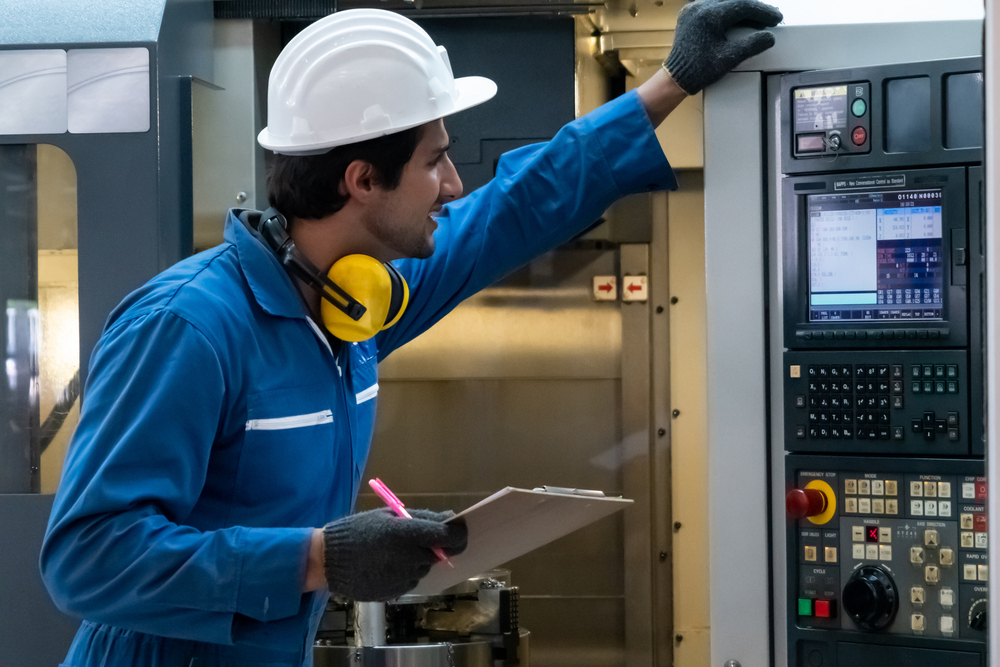Manufacturing in Mexico already has a reputation for cost-effective production and labor – but correctly packing and labeling shipments to and from Mexico save both time and money, one professional observes.
As manager of The Offshore Group’s cross-dock facility in Tucson, Ariz., Larry Burnett spends his days examining shipments, ensuring they go on to their intended destinations. Burnett’s 10-man crew moves between 500 and 600 pallets of goods every day, shipping about 1,000 boxes in that time.
A common problem he sees is incorrect packaging, which usually leads to damage and a delayed receiving process.
“When we receive goods in this condition, we have to take pictures, review tracking information and get back with the shipper or with our clients to determine next steps to take in order to rectify the situation,” Burnett notes.
Mislabeling is another huge time sponge, he says.
“Without a client identifier on the received item or items, the processing of the goods or materials for shipment to Mexico is harder,” he explains. “For example, we have over 40 clients’ shipments processed under our roof. This is difficult to manage without client specifications on labels from incoming goods that will then be exported to Mexico.”
“Consequentially, paperwork needs to have the client’s named clearly typed on it so, again, when it’s not on the shipping label, we can go back and confirm with the Mexico export documents to find out who the customer is for receiving.”
A related issue that causes confusion – and sometimes impacts customs – is neglecting to number a sequence of boxes in a shipment, Burnett adds.
“This is a major issue,” he says. “Say it’s an order of five. If the shipper doesn't mark the boxes 1 of 5, or 2 of 5, et cetera, we do not know we’re missing one if we only receive two of them during one day and others during the next days. Our team doesn't know what to expect.”
Mexican customs-broker inspections are performed at the cross-dock facility, and a lack of product information on packaging often causes shipping delays. For that reason, Burnett says, it also is helpful if a copy of the packing list is included on each of the numbered boxes.
“In that way, if a multiple box arrives, there is at least a copy of the paperwork on each box so that we can make the match,” he adds.
In most cases, Burnett’s manufacturers shipping between the U.S. and Mexico either have dedicated shipping departments or utilize third-party services. For manufacturers seeking outside help, he recommends comparing at least three to five shipping companies, investigating their background, on-time deliveries, and how fast their orders are pulled.
“I would also determine how fast those requests are actually delivered to their customers and/or their receiving departments,” he adds.
In the time spanning 1993 to 2011, Mexico’s trade with the U.S. and Canada has increased from 30.9 percent to 46.6 percent, clearly defining the country’s importance as a trading partner. But Burnett ensures it’s not a one-way street. Noting that “over 95 percent” of components and raw materials entering Mexico are U.S.-produced, he says the flow of shipments between the States and Mexico definitely indicates a partnership, supporting U.S.-based jobs while providing an economically priced end product made in Mexico.
“We work with over 40 manufacturers with facilities in Mexico under our roof,” he notes. “We have clients in the automotive industry, aerospace, medical-device industry, heating and cooling industry, et cetera. Just about every industry that we can name, all of those items are manufactured in our customers’ Mexico production plants.”
Subscribe
Sign up and stay informed with tips, updates, and best practices for manufacturing in Mexico.



.jpg)

